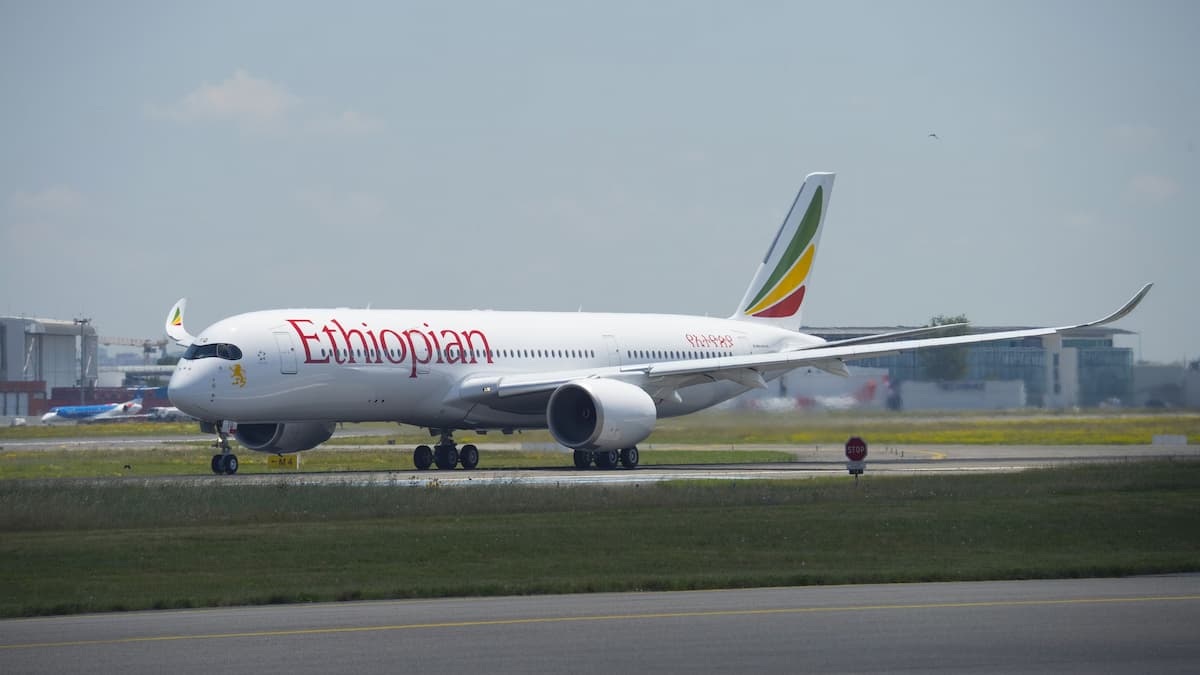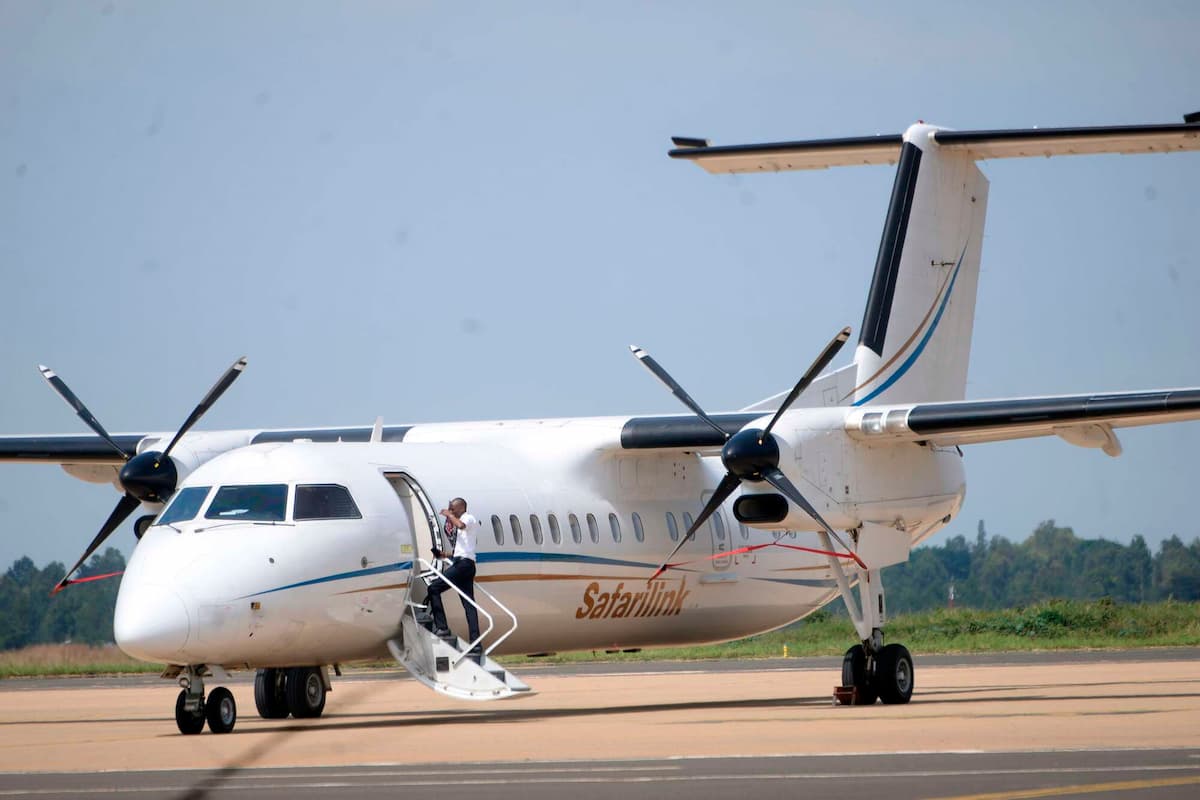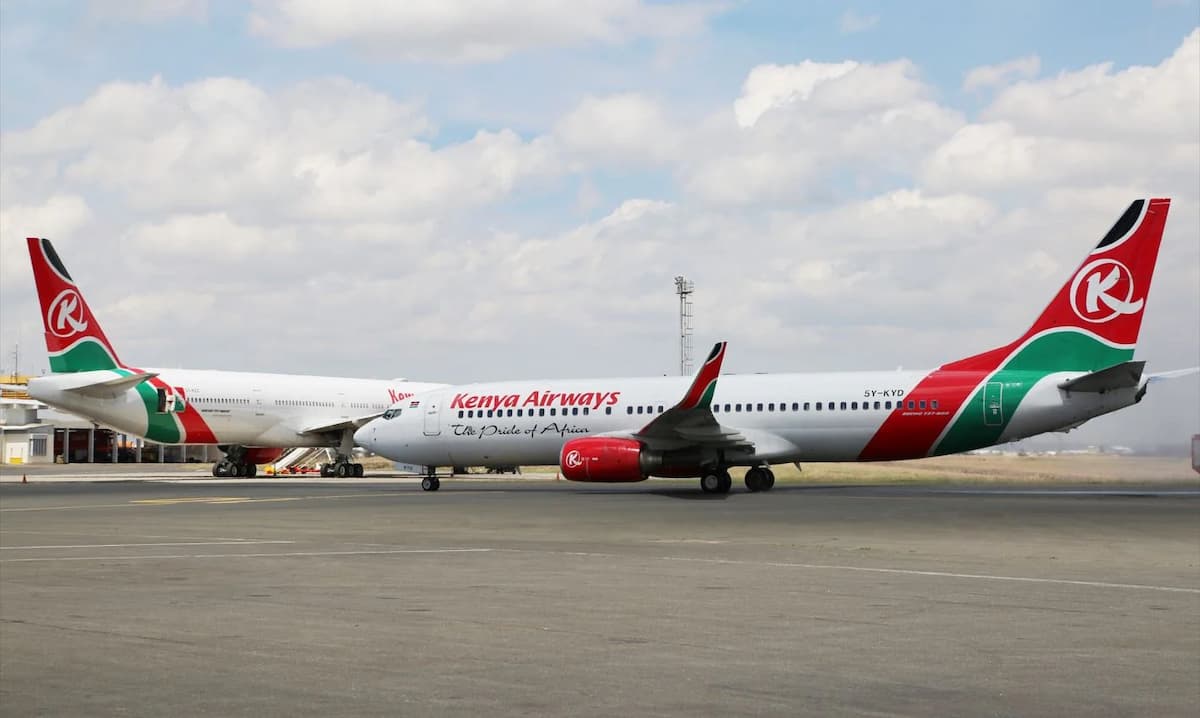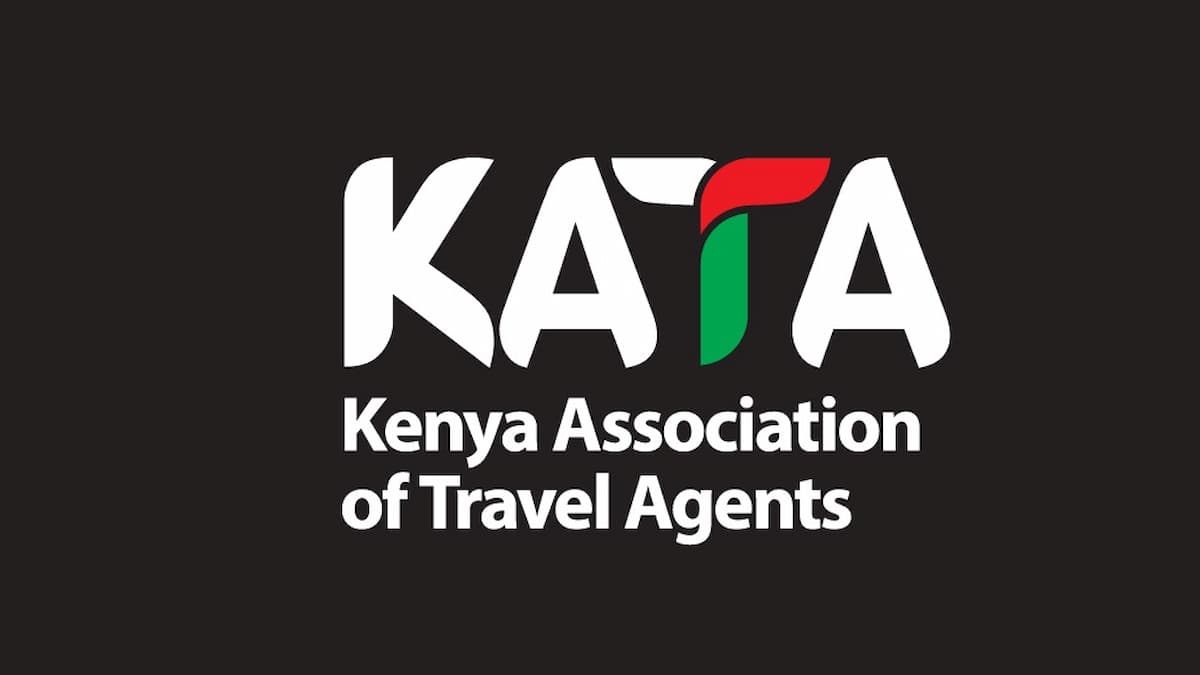Dubai’s Department of Economy & Tourism (DET) has announced an exciting partnership with JioTV to launch a unique 4-episode travel show titled “Once Upon a Trip! To Dubai.” In this unique show, global superstar Anil Kapoor plays himself as he embarks on a hilarious and adventurous journey through the stunning city of Dubai along with actor Maniesh Paul.
More than just a travel show; “Once Upon a Trip! To Dubai” is a story of rediscovery, bonding, and the magic of serendipity. As Kapoor and Paul traverse through the alluring landscapes and vibrant cultural tapestry of Dubai, their (on-screen) personas reflect their real-life charm and wit, delivering an authentic and engaging experience to Indian viewers. The show is set to offer a rich blend of comedy, adventure, and heartfelt moments, presenting Dubai in a unique light that’s never been seen before. It not only serves as a testament to Dubai’s enchanting allure as a global travel destination but also celebrates its rich cultural mosaic and dynamic spirit in a way that resonates with Indian audiences.
At the heart of “Once Upon a Trip! To Dubai” is its unwavering commitment to authenticity. The show transcends the typical confines of a travel show, steering away from standard formats to embrace a more genuine path to storytelling, where Kapoor and Paul are guided by their insatiable curiosity and passion for adventure, towards a city that they have known and loved for decades. Their reactions, from laughter to awe, unfold naturally as they witness the hidden gems, subcultures, and authentic experiences as they explore the streets of Dubai. The passion driving the duo through their journey further builds a profound connection with their narrative. “Once Upon a Trip! To Dubai” is more than a show; it’s a genuine portrayal of travel, where the spirit of Dubai comes alive in its most authentic form.
“Once Upon a Trip! To Dubai” heralds a new era in travel storytelling, one that extends beyond the traditional methods of showcasing a destination. It dives deep into the rich tapestry of experiences and emotions that truly resonate with Indian audiences. In choosing to collaborate with JioTV, we recognized a shared vision for innovation and a unique approach to storytelling that aligns perfectly with our goals of acquainting the lesser-known sides of Dubai to an audience that resonates with the destination.
JioTV’s commitment to quality content, unmatched distribution scale & audience engagement across India makes them an ideal partner for bringing this vision to life. Dubai, through the eyes of Kapoor and Paul, transforms into a character itself, full of stories waiting to be discovered – thereby making the wonders of Dubai accessible to all.
Superstar & Actor Anil Kapoor, reflecting on his experience, said, “Working on ‘Once Upon a Trip! To Dubai’ has been a journey of rediscovery, both incredible city of Dubai and within me. More than a project, it was a journey of the heart. Whenever I have explored Dubai, I have not only just encountered stories; I discovered pieces of myself in every corner. There’s a raw and real quality to this experience, so different from the scripted roles I’m used to. It’s about forming genuine connections, embracing laughter, and the unexpected surprises along the way. This show particularly has allowed me to see Dubai with a sense of wonder and authenticity. JioTV, serving as a robust and expansive platform, is the perfect powerhouse for presenting this authentic journey to our viewers at a grand scale. My hope is that it will inspire our audience to appreciate the beauty of Dubai and the magic inherent in the real-life adventures that I shared with Maniesh.”
Actor Maniesh Paul further added his unique flair, “’Once Upon a Trip! To Dubai’ was an adventure like no other, blending my love for traveling with the uncharted wonders of Dubai. Each day was a new adventure in this magnificent city uncovering a new sense of wonder and joy. ‘Once Upon A Trip! To Dubai’ brought out an authentic joy and spontaneity that was refreshingly real. The streets of Dubai aren’t just backdrops; they’re alive with stories and unexpected turns, much like my own journey that I shared with AK. This show has been a revelation, showing me the power of impromptu moments and the genuine connections that come from shared laughter and experiences. JioTV has played an indispensable role in bringing this exhilarating journey to the screens, making it a grand experience for our viewers. I hope our audience finds as much joy and surprise in watching this travel show as I did in creating it.”
The show culminates in a captivating finale featuring a special guest appearance by the talented Emirati soul singer Arqam Al Abri whose musical artistry adds a distinctive and enriching dimension to the last episode, beautifully echoing Dubai’s rich and diverse artistic landscape.
Produced by Stars “n” Stripes and directed by Satyajit Kadam, who has a notable advertising career and accolades like the Cannes Lion and Spikes Asia, ‘Once Upon a Trip! To Dubai’, also features the visual finesse of acclaimed cinematographer Satchit Paulose, known for his work on “Pathaan” and “Fighter”.
Get ready for a one-of-a-kind journey. “Once Upon A Trip! To Dubai” is more than just a show; it’s an immersive experience, an innovation, a heartwarming journey, streaming exclusively on JioTV, starting this weekend.
Source: India Education Diary










